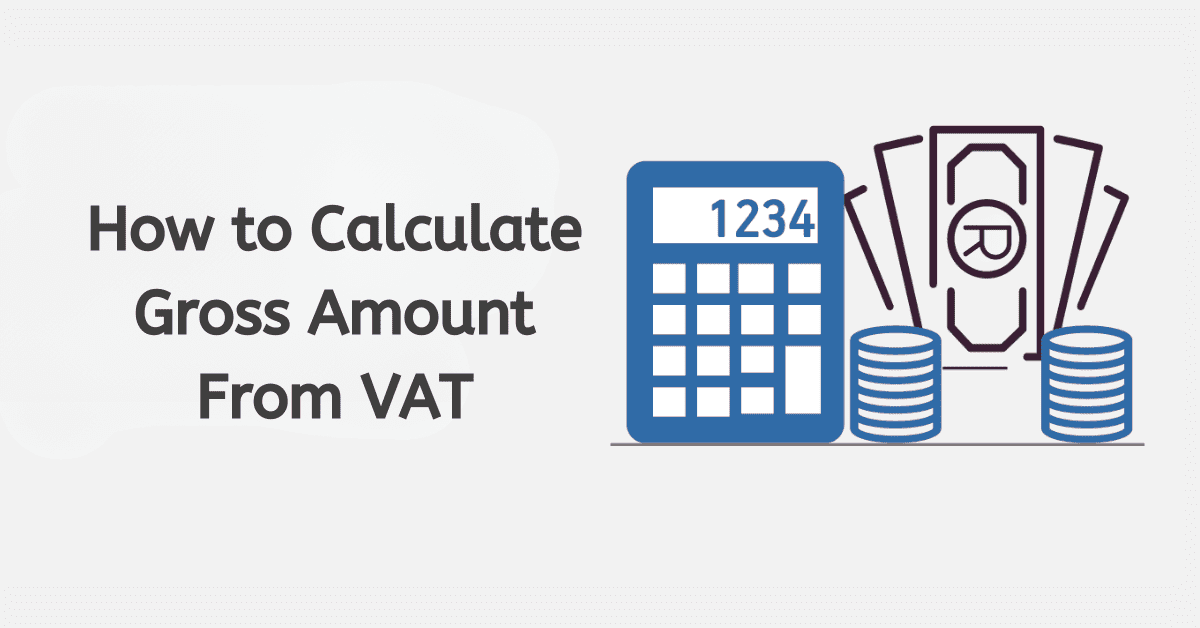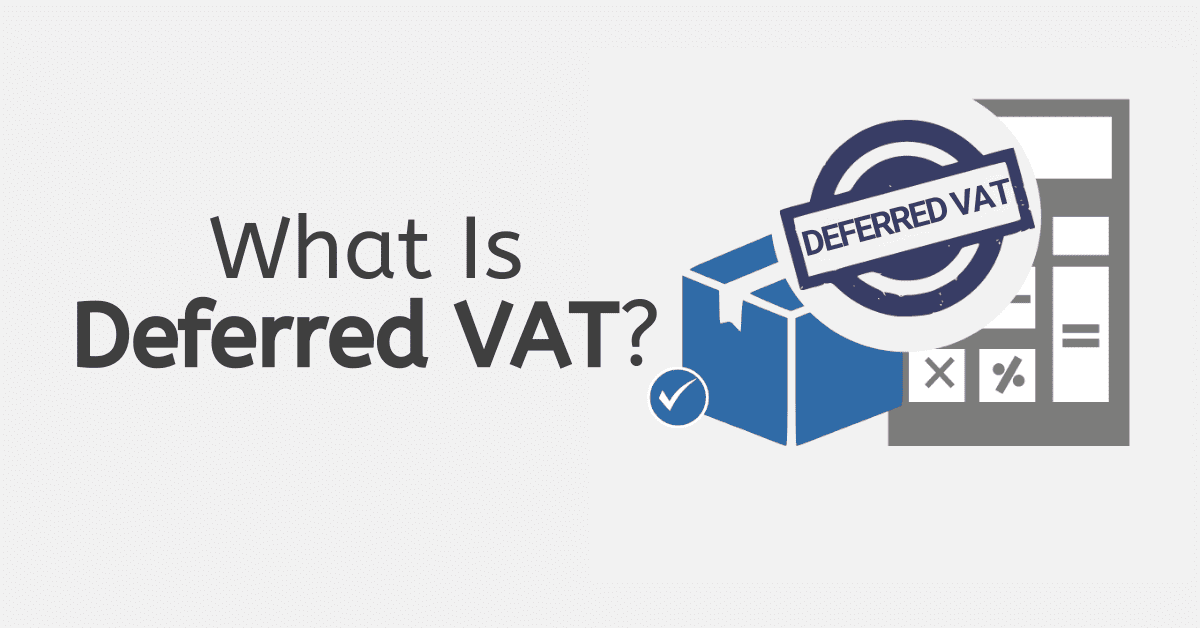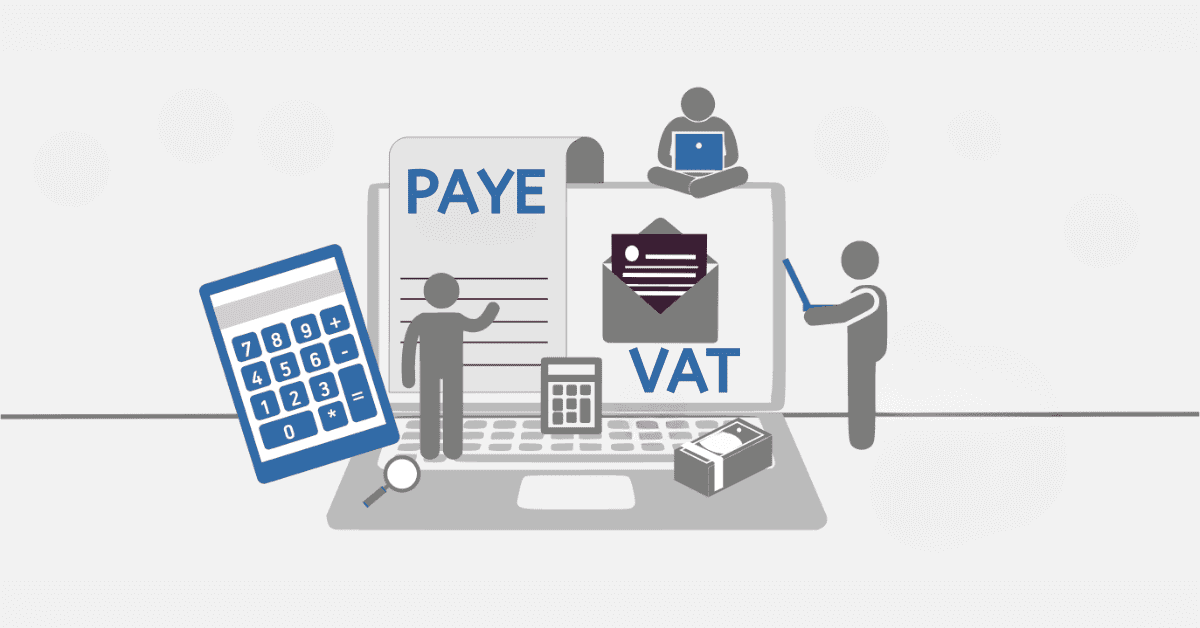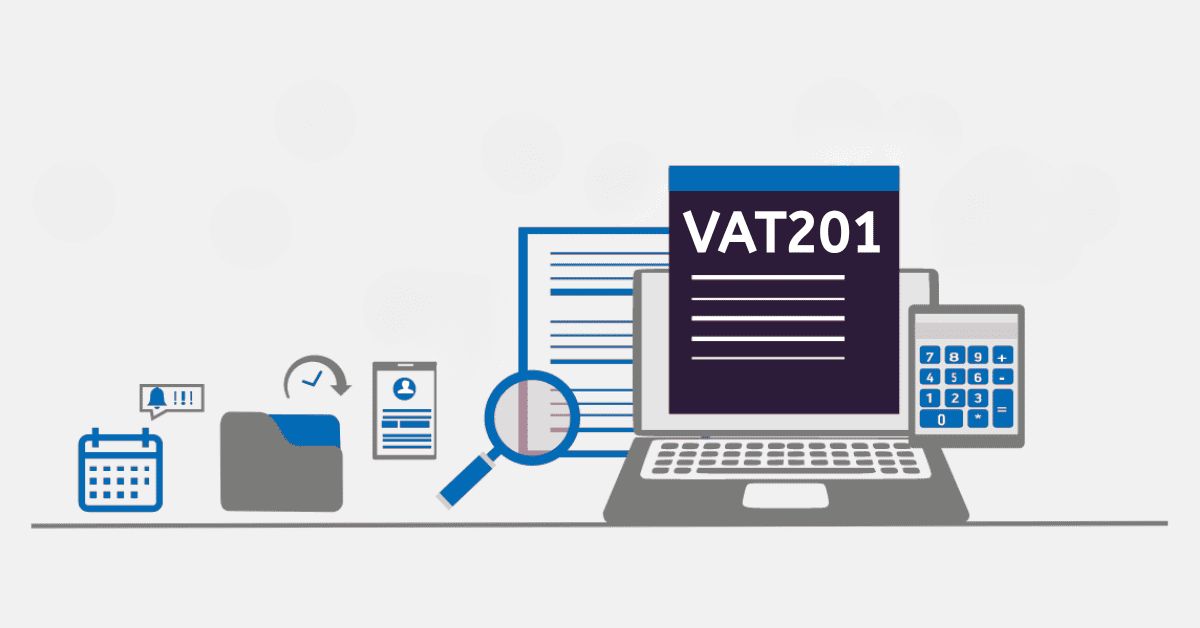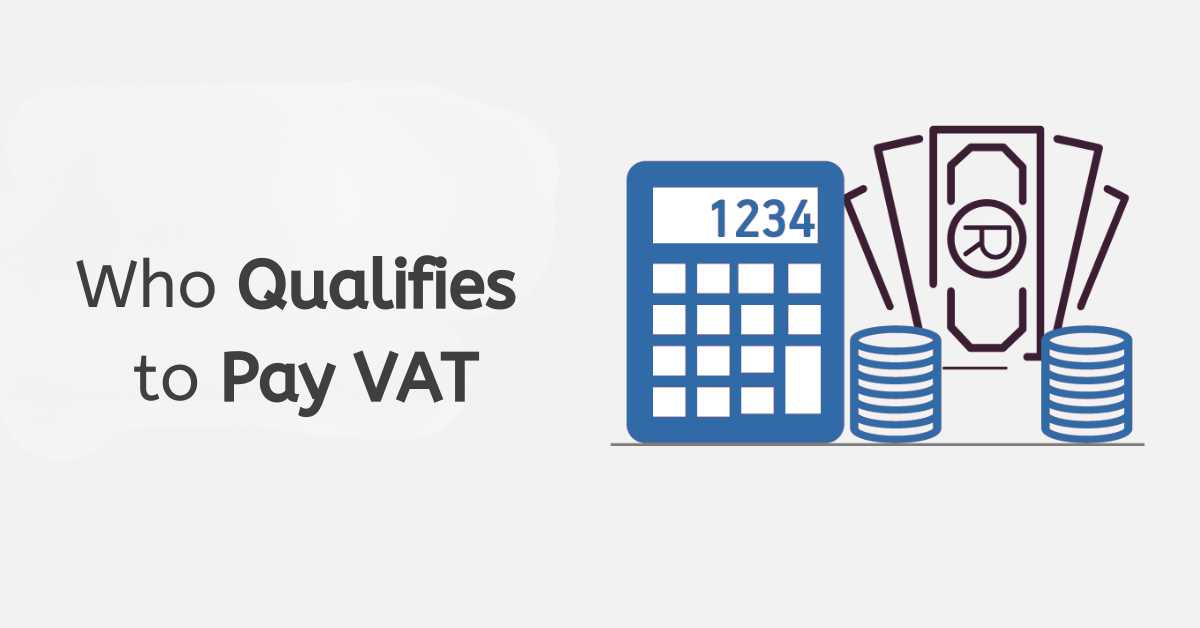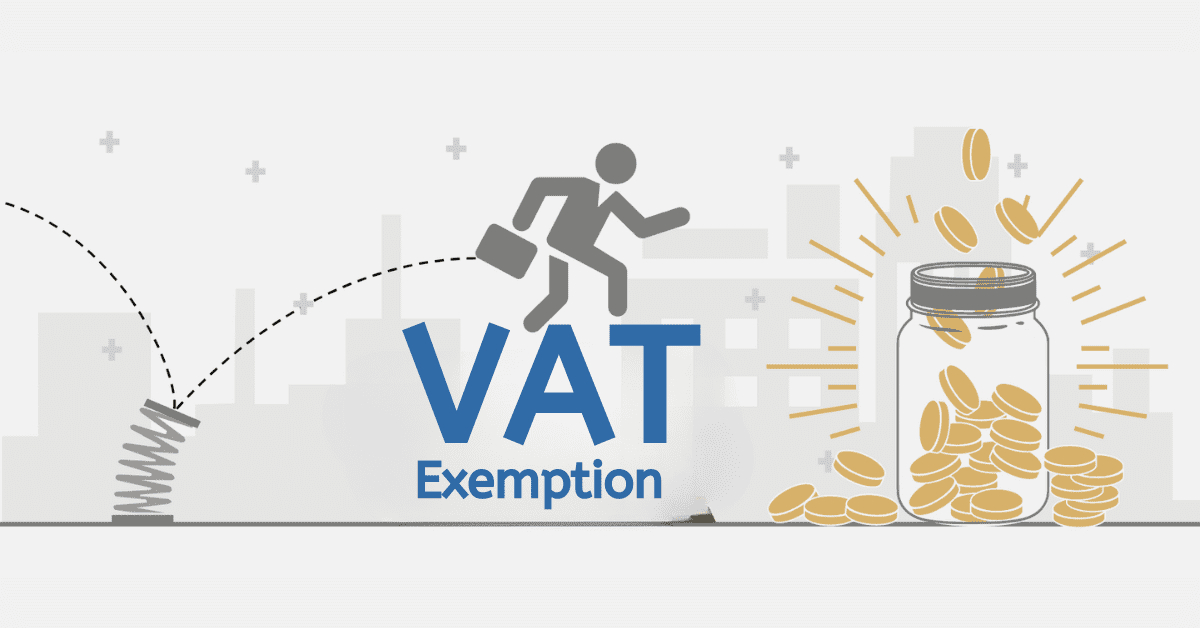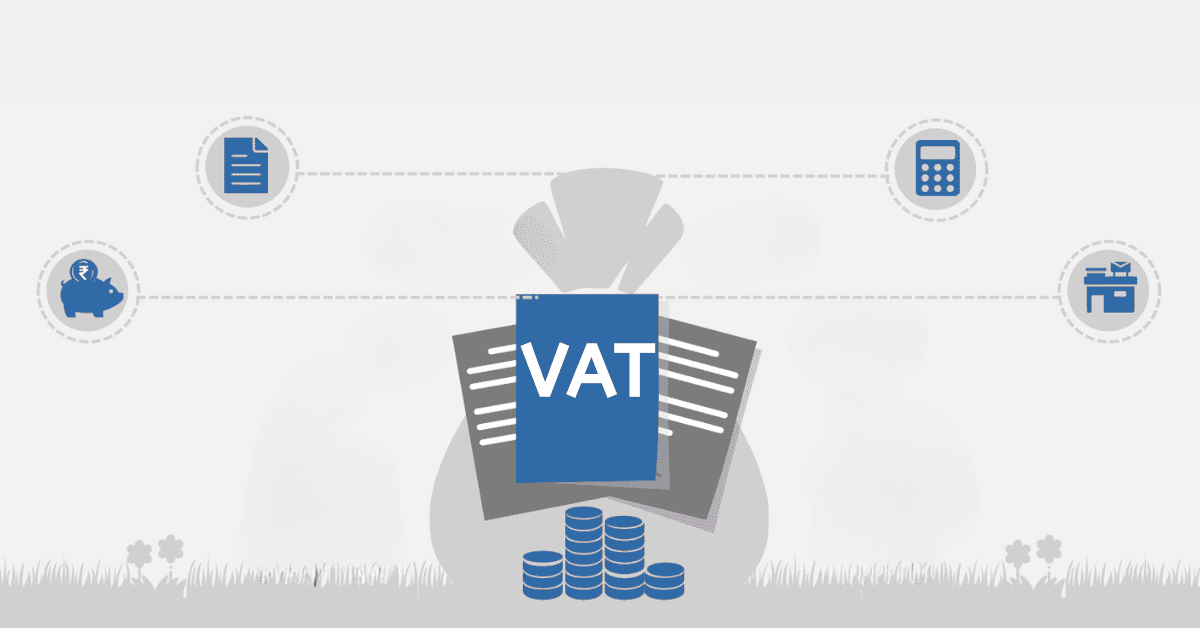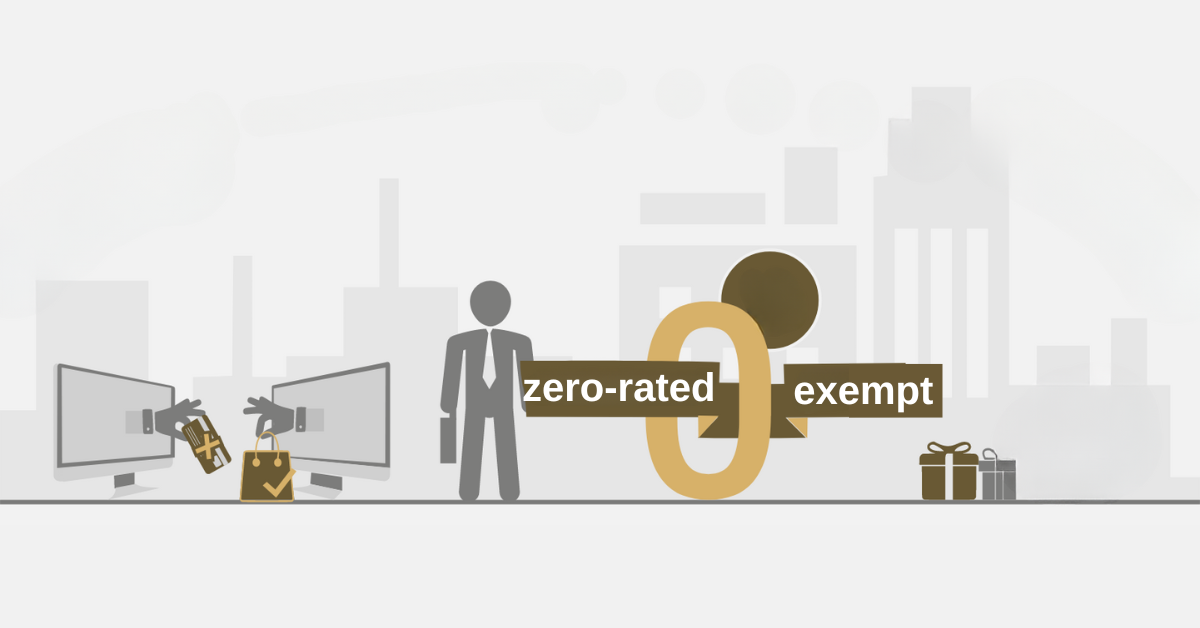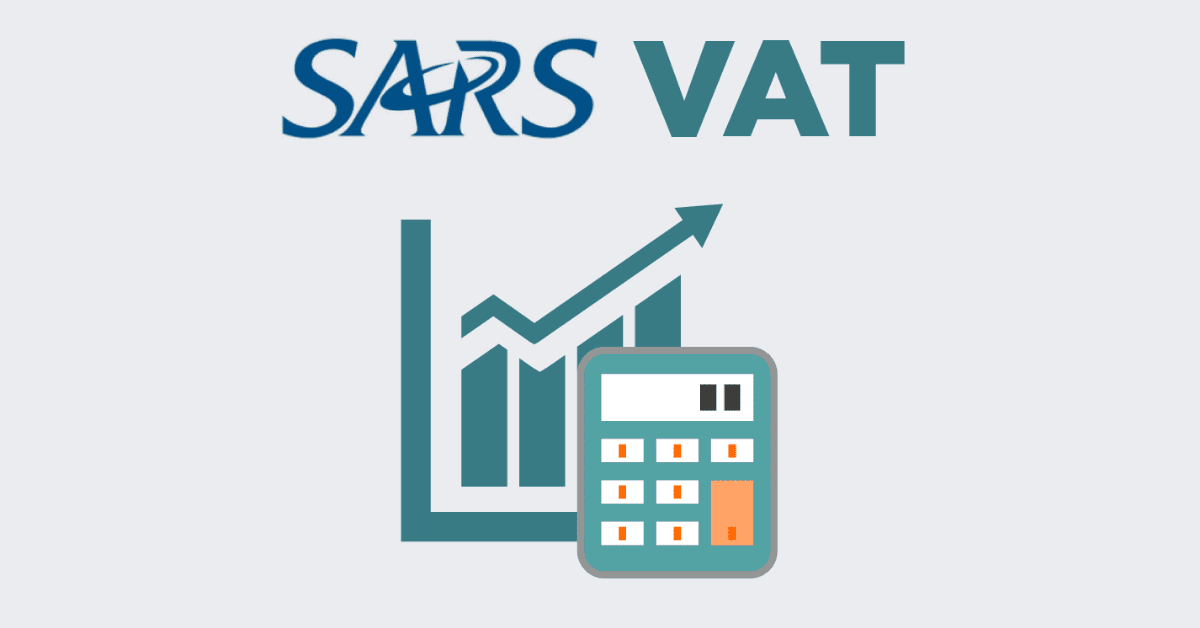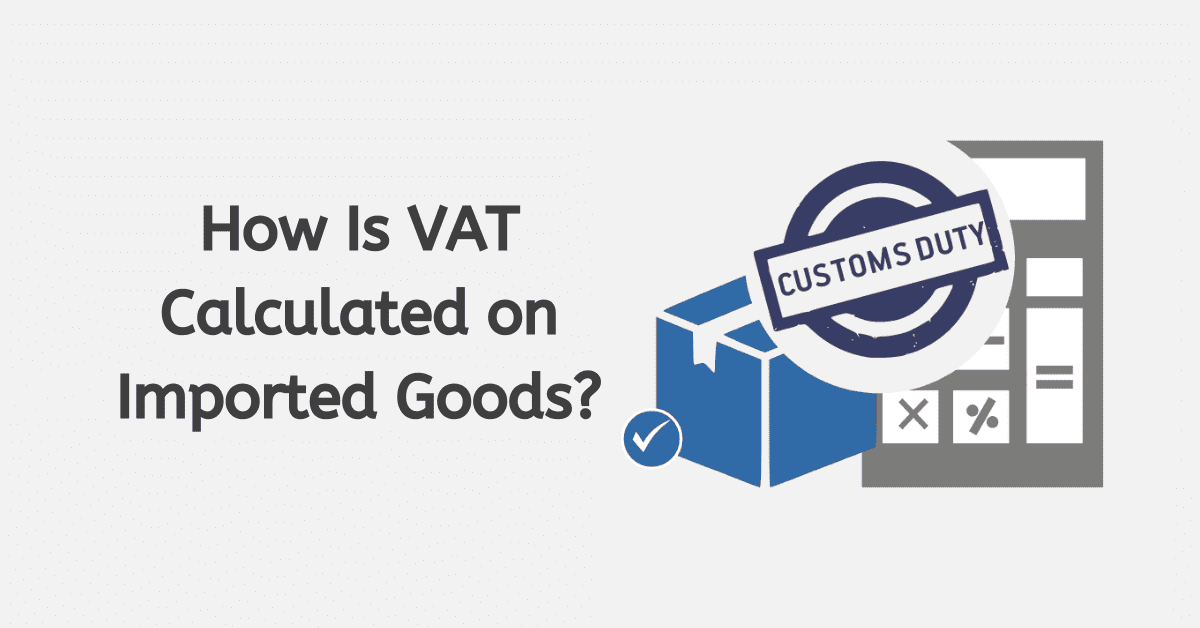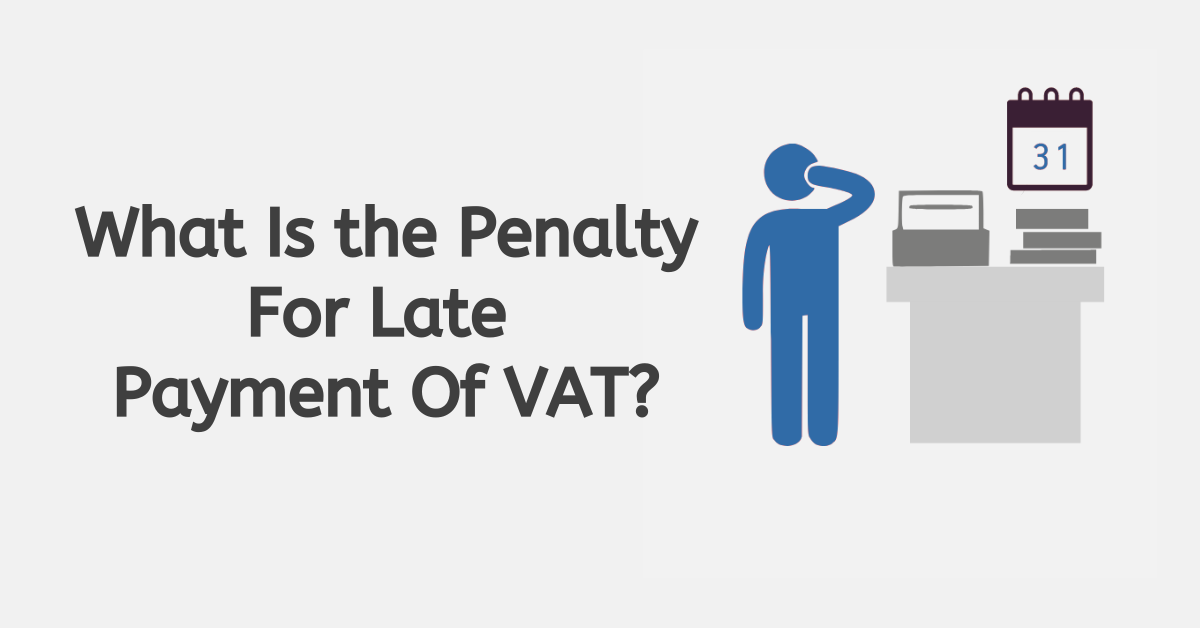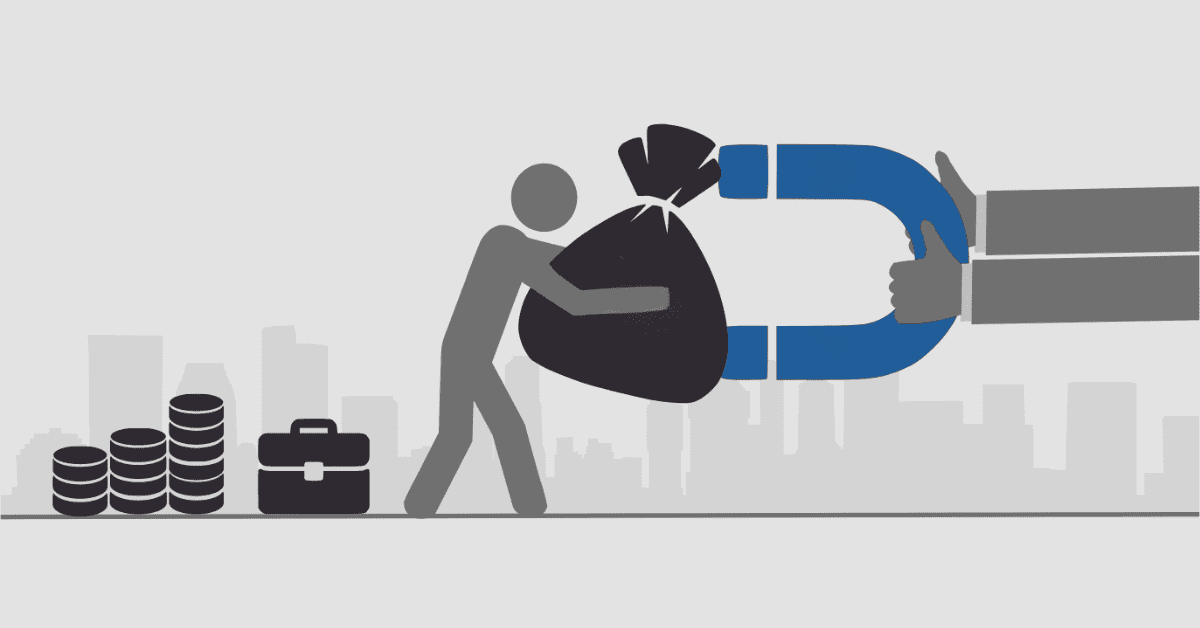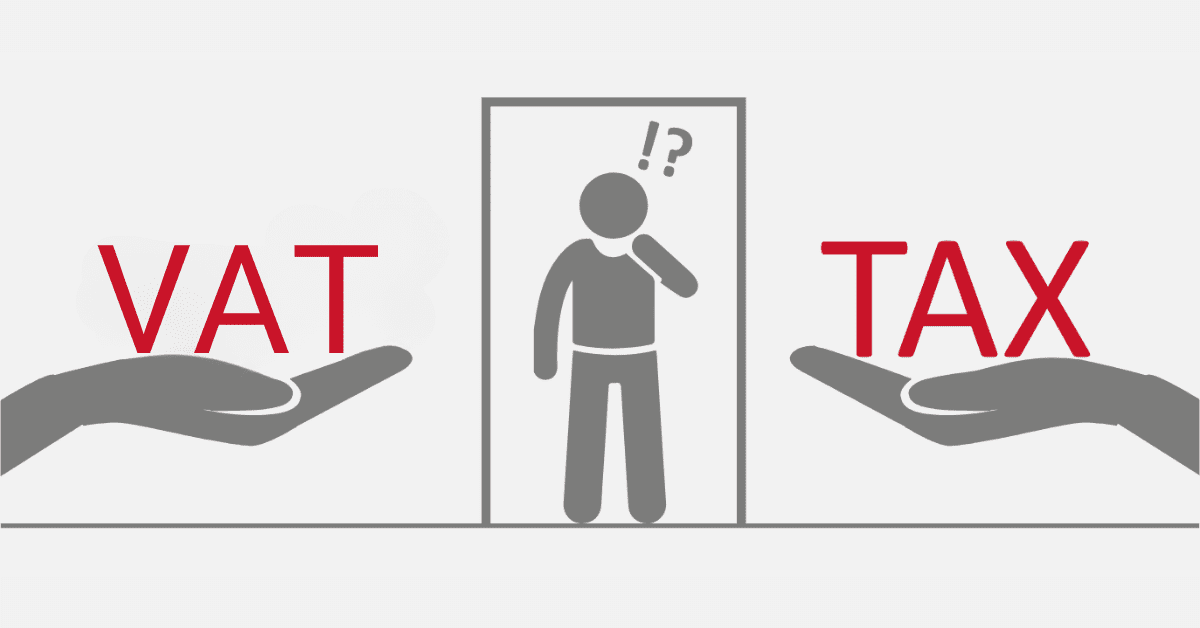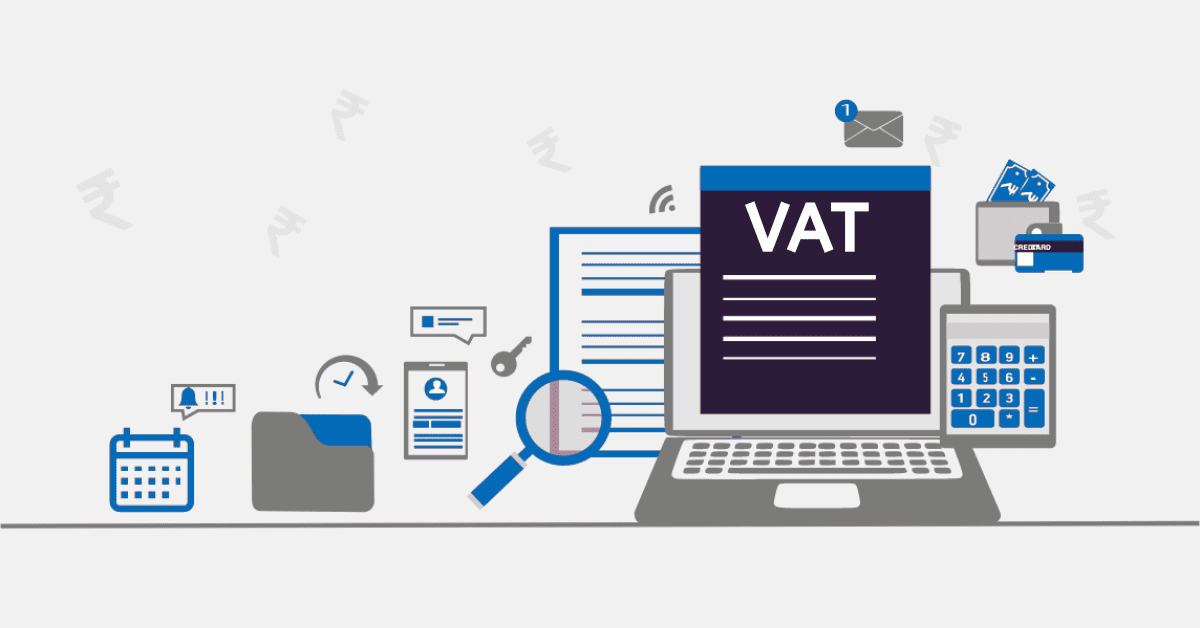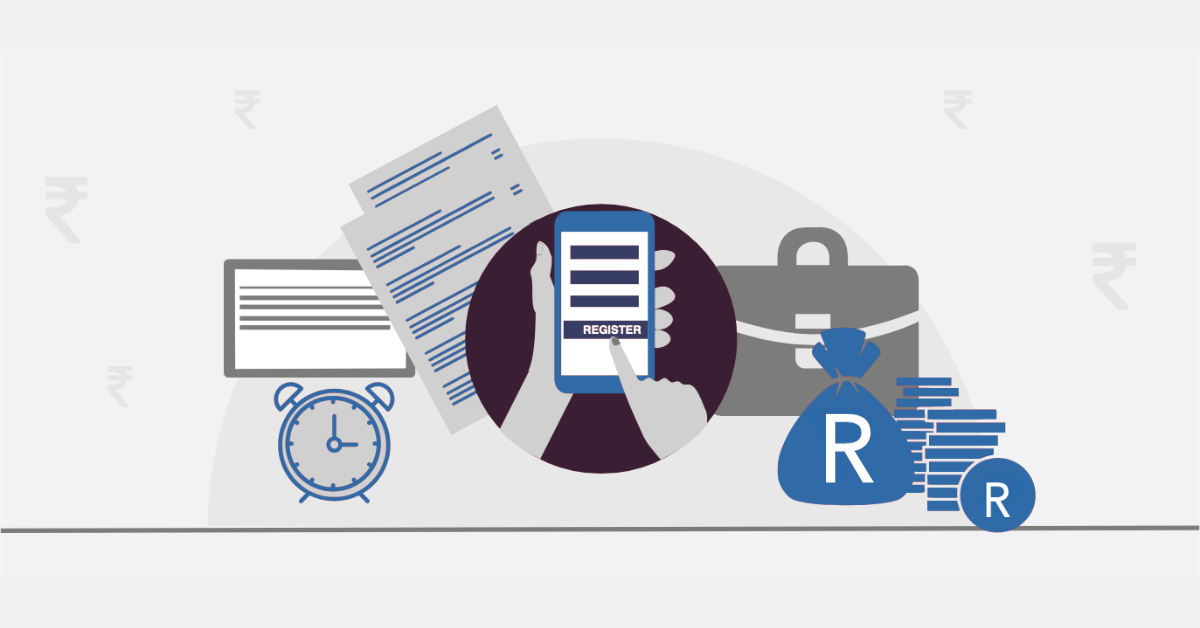Understanding the relationship between the gross invoice amount and Value Added Tax in South Africa is crucial for businesses and individuals. This article aims to clarify whether the gross invoice amount includes VAT in South Africa, explain the concept of the gross value of an invoice, outline the method for calculating the gross amount on an invoice, and address whether VAT is paid on gross or net income.
Does Gross Invoice Amount Include VAT?
In South Africa, the gross invoice amount typically does not include VAT. VAT is a separate tax levied on goods and services, and it is added to the net value of an invoice. The net value represents the actual cost of the goods or services before including VAT. VAT is added to this net value to calculate the total amount payable. Generally, South Africa imposes VAT at a standard rate of 15%.
VAT is a consumption tax collected by businesses on behalf of the government. It’s a consumption tax imposed at every step of the supply process, with the final consumer carrying the tax weight. As a result, when businesses generate invoices, they usually itemize the charges, separating the net sum (the real cost of the stocks or services) from the VAT sum. The sum of these two components results in the gross invoice amount.
It’s important for businesses to clearly show the VAT amount separately on invoices to ensure transparency and compliance with tax regulations. This practice allows customers to see the VAT they are being charged and facilitates accurate accounting for both the business and the customer.
What Is Meant by Gross Value of an Invoice?
The gross value of an invoice refers to the total amount a customer must pay, including the cost of the goods or services and the applicable VAT. It is the final figure that appears on an invoice. To calculate the gross value of an invoice, you simply add the net value (the cost of the goods or services) to the VAT amount. The formula is as follows:
Gross Value of Invoice = Net Value + VAT Amount
For example, if an enterprise trades stock for ZAR1000 with a 15 percent VAT rate, the invoice’s gross sum would be:
ZAR1000 (Net Sum) + (ZAR1000 X 15 percent ) = ZAR1000 + ZAR150 = ZAR1150
Hence, the invoice’s gross sum in this instance is ZAR1150, the amount to be paid by the consumer.
How Do You Calculate the Gross Amount on an Invoice?
Calculating the gross amount on an invoice is a straightforward process. As mentioned earlier, you add the net value to the VAT amount. Follow these instructions to determine the invoice’s total amount:
- Identify the Base Amount (Net Sum): This represents the price of the goods or services before adding VAT. Make sure it’s clearly specified on the invoice.
- Identify the VAT Percentage: The regular South African VAT percentage is 15%. However, certain items may be subject to a zero rate or exempt from VAT. Ensure you’re using the accurate percentage for your particular transaction.
- Compute the VAT Sum: To determine the VAT value, multiply the net sum by the VAT percentage. The formula is:
VAT Amount = Net Value x VAT Rate - Calculate the Gross Amount: Add the net value and the VAT amount to determine the gross amount. The formula is:
Gross Amount = Net Value + VAT Amount
By following these steps, you can accurately calculate the gross amount on an invoice, which represents the total amount payable by the customer.
Do You Pay VAT on Gross or Net Income?
Within South Africa, the VAT is levied on the entire revenue of a business. The total revenue encompasses all earnings derived from selling goods or services, irrespective of whether VAT has been included. Therefore, businesses must factor in and submit VAT for their overall sales, incorporating the VAT component.
It’s important to note that businesses can also claim input VAT credits on their expenses. Input VAT is the VAT the business pays when purchasing goods or services from suppliers. These input VAT credits can be deducted from the VAT collected from customers. The net amount (VAT collected minus input VAT credits) is what the business remits to the South African Revenue Service.
VAT is based on gross income to ensure that all economic activity is subject to VAT, and it prevents businesses from avoiding VAT by inflating expenses to offset VAT collected.
Conclusion
In conclusion, the gross invoice amount in South Africa does not include VAT. VAT is added separately to the net value of an invoice. The invoice’s gross value refers to the complete sum comprising the goods or services cost and the VAT. VAT is computed on a business’s overall income, covering all proceeds garnered from sales, and is remitted to the tax authorities after factoring in input VAT credits.
Understanding these principles is essential for businesses and consumers to navigate the South African VAT system effectively and comply with tax regulations.
